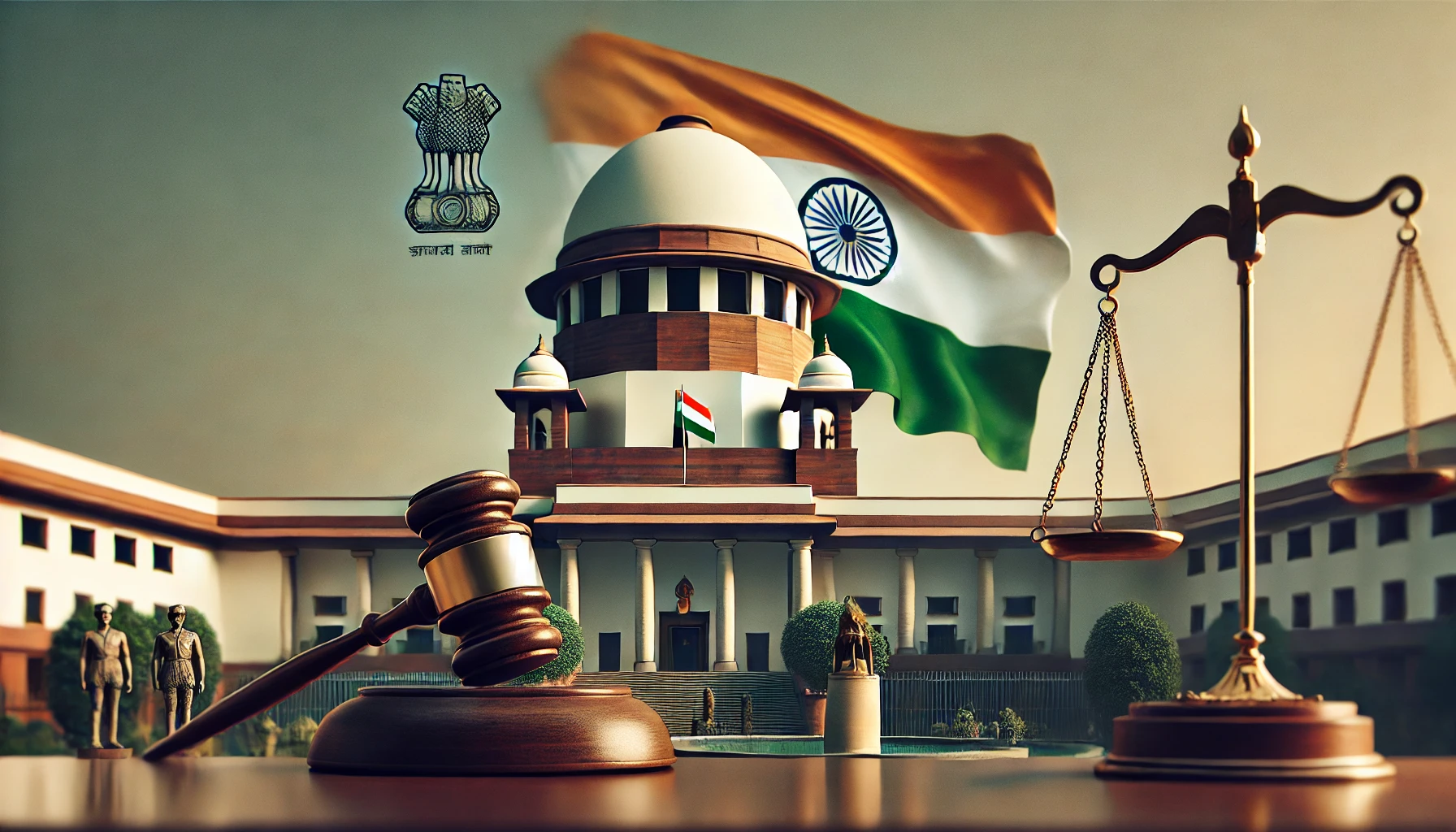Golaknath v. State of Punjab (1967) – Parliament Cannot Amend Fundamental Rights
Summary:
This case declared that Fundamental Rights are beyond the reach of Parliament’s amending power, marking a significant moment in protecting individual liberties from legislative overreach.
Background:
The Golaknath family owned a large stretch of agricultural land in Punjab. Under state land reform laws, some of their land was declared “surplus” and taken away by the government. They challenged this move, arguing that it violated their Fundamental Rights, particularly:
-
Right to property (Article 19(1)(f))
-
Right to equality (Article 14)
The central question became: Can Parliament amend Fundamental Rights under Article 368?
Legal Issues Raised:
-
Does Parliament have the power to amend any part of the Constitution, including Fundamental Rights?
-
Can Fundamental Rights be limited or taken away using constitutional amendments?
Supreme Court’s Key Observations:
-
Fundamental Rights are Sacrosanct: The Court ruled by a narrow majority (6:5) that Parliament cannot amend or abridge Fundamental Rights.
-
Amendment vs. Law: The judgment treated a constitutional amendment as a “law” under Article 13(2). This meant any amendment that violated Fundamental Rights would be void.
-
Article 368 Not an Absolute Power: The Court held that Article 368 only lays down the procedure for amendment, not the power itself. The power must still respect the limitations of Article 13.
Impact of the Judgment:
-
Temporary Freeze on Amendments to Fundamental Rights: Parliament’s power to amend Fundamental Rights was significantly limited.
-
Prompted the 24th Constitutional Amendment (1971): In response, Parliament amended the Constitution to clarify that it does have the power to amend any part, including Fundamental Rights. This set the stage for the Kesavananda Bharati case, where the basic structure doctrine was born.
-
Debate on Legislative Power and Individual Rights: This case started a constitutional tug-of-war between the legislature’s powers and judiciary’s role as guardian of Fundamental Rights.

